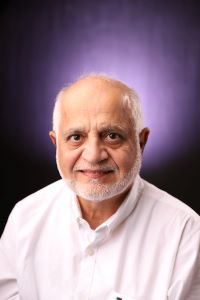
Bridging the Healthcare Gap: Tackling Physician Deserts in Texas
Why It Matters:
In many rural parts of Texas, healthcare access is a luxury rather than a right. These areas, often referred to as “physician deserts,” suffer from a critical shortage of specialists like cardiologists, pulmonologists, and endocrinologists. The consequences are severe—higher rates of chronic illness, preventable deaths, and significant disparities in health outcomes compared to urban counterparts.
The Issue at a Glance:
- Specialist Shortages: Over 75% of Texas counties lack adequate access to specialists within a reasonable distance, particularly in the western rural regions.
- Barriers Beyond Distance: Limited insurance coverage, transportation hurdles, and the closure of rural healthcare facilities exacerbate the problem, leaving many without essential care.
- Economic Impacts: Poor health outcomes translate into economic challenges, including lost productivity, increased healthcare costs, and barriers to economic development in underserved areas.
Our Approach:
This study employed advanced Geographic Information System (GIS) mapping to analyze the distribution of specialists across Texas. Using a “physician availability index,” it identified critical shortages in counties where populations face the highest needs. The findings offer clear visualizations of where intervention is most urgently required.
Key Insights:
- Widening Urban-Rural Divide: Specialists are concentrated in urban centers, leaving rural areas underserved. This geographic imbalance contributes to delayed diagnoses and treatments for chronic diseases like heart disease, diabetes, and respiratory disorders.
- Economic Strain on Rural Communities: The lack of accessible care leads to higher healthcare costs for families and local economies, while also hampering economic growth due to reduced workforce productivity.
- Potential Solutions: Telemedicine, targeted incentives for specialists to work in underserved areas, and improved transportation systems can help bridge the gap.
Looking Ahead:
Addressing these disparities isn’t just a healthcare issue—it’s a call to action for economic and social equality. By improving access to specialists in rural Texas, we can foster healthier communities and unlock the potential for economic resilience across the state.